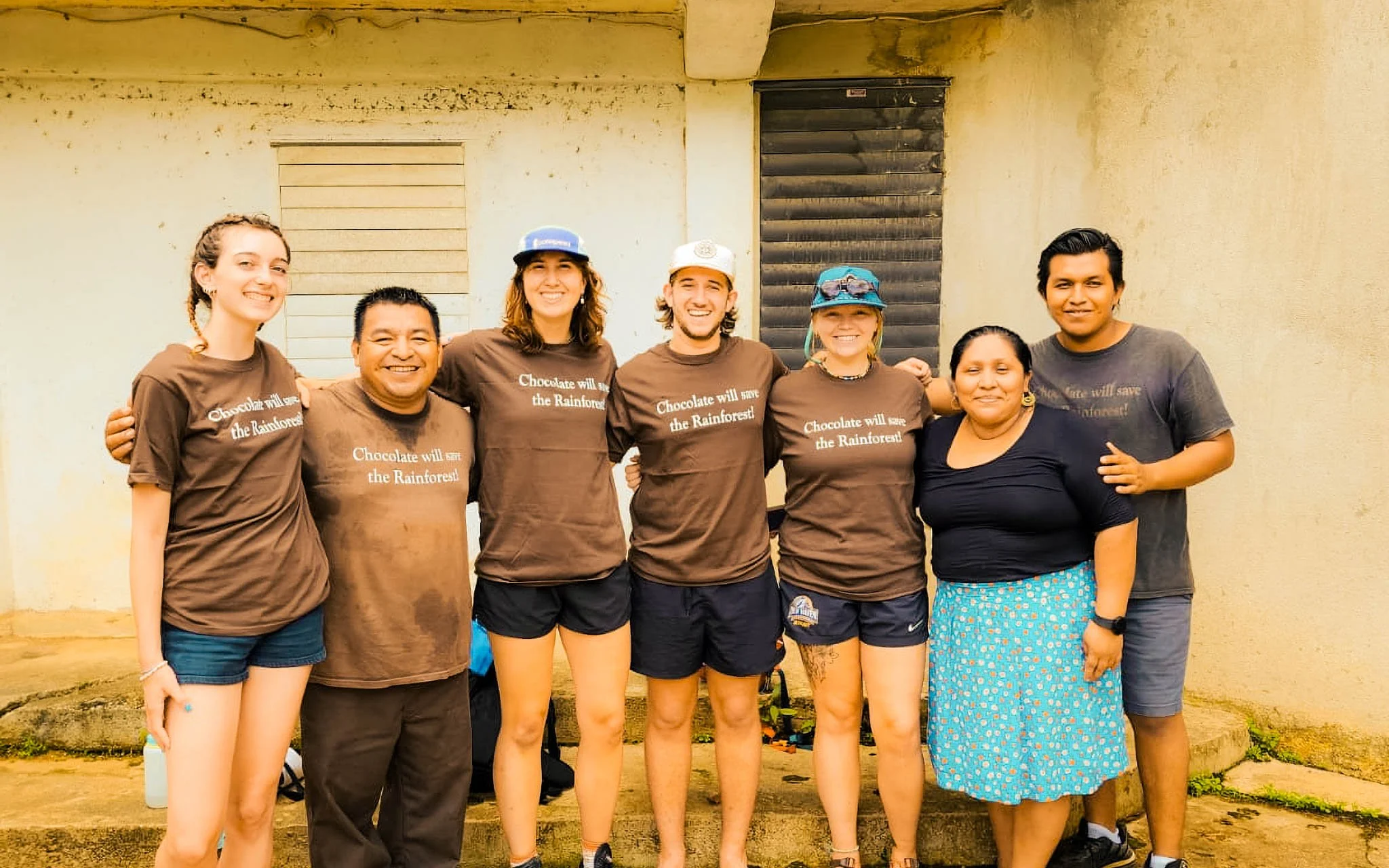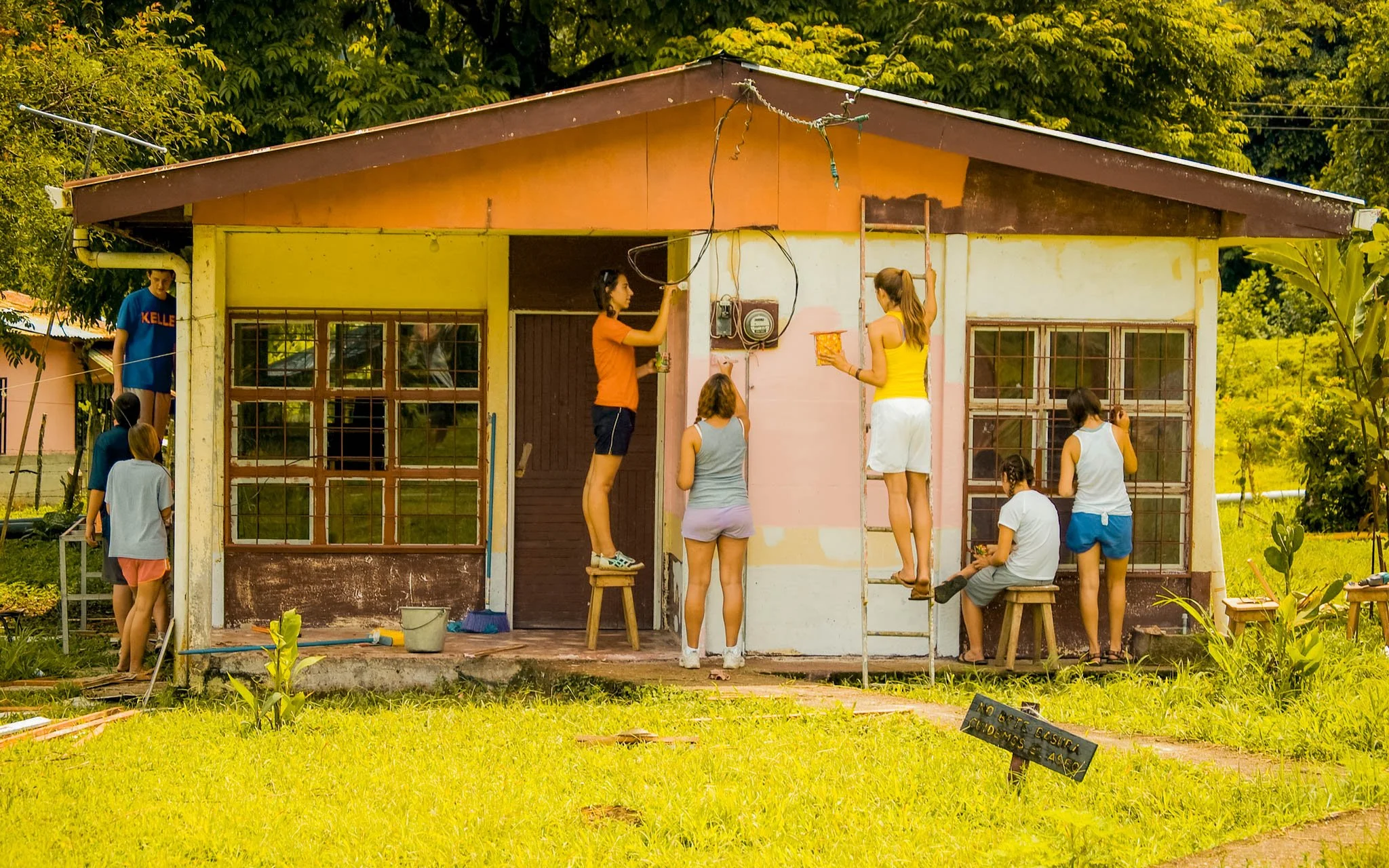Real Service, Real Impact: What Teens Do On RLT Trips
Why Service Still Matters — And Always Will
At a time when it’s easy to focus on travel as a highlight reel, RLT has stayed grounded in something deeper: service. For more than 30 years, we’ve partnered with local communities to design teen travel programs that go beyond just seeing a new place.
On every RLT service trip, teens don’t just observe — they engage. They work shoulder-to-shoulder with local leaders, contribute to long-term projects, and walk away with more than just memories. They leave with dirt under their nails, new skills, and a better understanding of the world and their place in it.
Here’s what real service looks like when you travel with RLT.
Reason #1: Teens Work With — Not For — Local Communities
The foundation of every RLT service project is local partnership. We don’t decide what’s needed — the communities we work with do. That’s how service becomes mutual, respectful, and sustainable.
On our Peru: Sacred Valley program, teens help improve access to clean water in rural Andean villages. Working with local organizations, they build filtration systems and support ongoing infrastructure work. The effort is hands-on, and teens learn to listen first, then contribute.
In Costa Rica, RLT teens join local builders and families on home construction projects. They learn to mix concrete, lay bricks, and understand what it means to physically support a community’s goals — without centering themselves in the process.
These projects aren’t about charity. They’re about working with purpose and humility.
Reason #2: Projects Are Designed for Long-Term Impact
Whether they’re rebuilding hiking trails or restoring native habitats, every service project on an RLT trip is designed to last — not just through the summer, but for years to come.
On our Maine: Wild Coast Conservation trip, teens repair trails and help prevent erosion in heavily trafficked areas. They use real tools and learn practical skills while contributing to ongoing environmental preservation efforts.
In Hawaii, RLT teens work alongside local conservationists to restore native ecosystems. That means removing invasive species, planting native crops, and learning about the island’s complex environmental history. Every task connects to a broader mission to protect and regenerate the land.
These projects aren’t temporary — they’re part of something bigger.
Reason #3: It’s About Connection, Not Just Contribution
Teens might arrive thinking they’re there to “help,” but they quickly realize the most meaningful part of service isn’t the task — it’s the people. It’s the host family in Costa Rica who invites them in for dinner. The conservation leader in Hawaii who shares their story. The moments that shift perspectives and spark deeper conversations.
On our Colorado: Call of the Wild program, teens care for rescued wolves and learn what goes into animal rehabilitation. They clean enclosures, prepare food, and work closely with staff who’ve dedicated their lives to this mission. The work is physical — but the impact is emotional too.
These trips teach teens how to contribute without taking over. How to be part of a group. How to show up, stay curious, and listen well.
Reason #4: Teens Return Changed — In the Best Way
The goal isn’t to create a moment that feels good. It’s to create an experience that sticks. RLT service trips give teens the chance to build something real — with their hands, their time, and their attention.
They come home more independent. More thoughtful. More capable of seeing the world through a wider lens.
The photos don’t always show it — the early mornings, the hard work, the quiet pride. But these are the moments that shape them.
Want Your Teen to Spend the Summer Doing Something That Matters?
Spots for Summer 2025 are filling fast.


